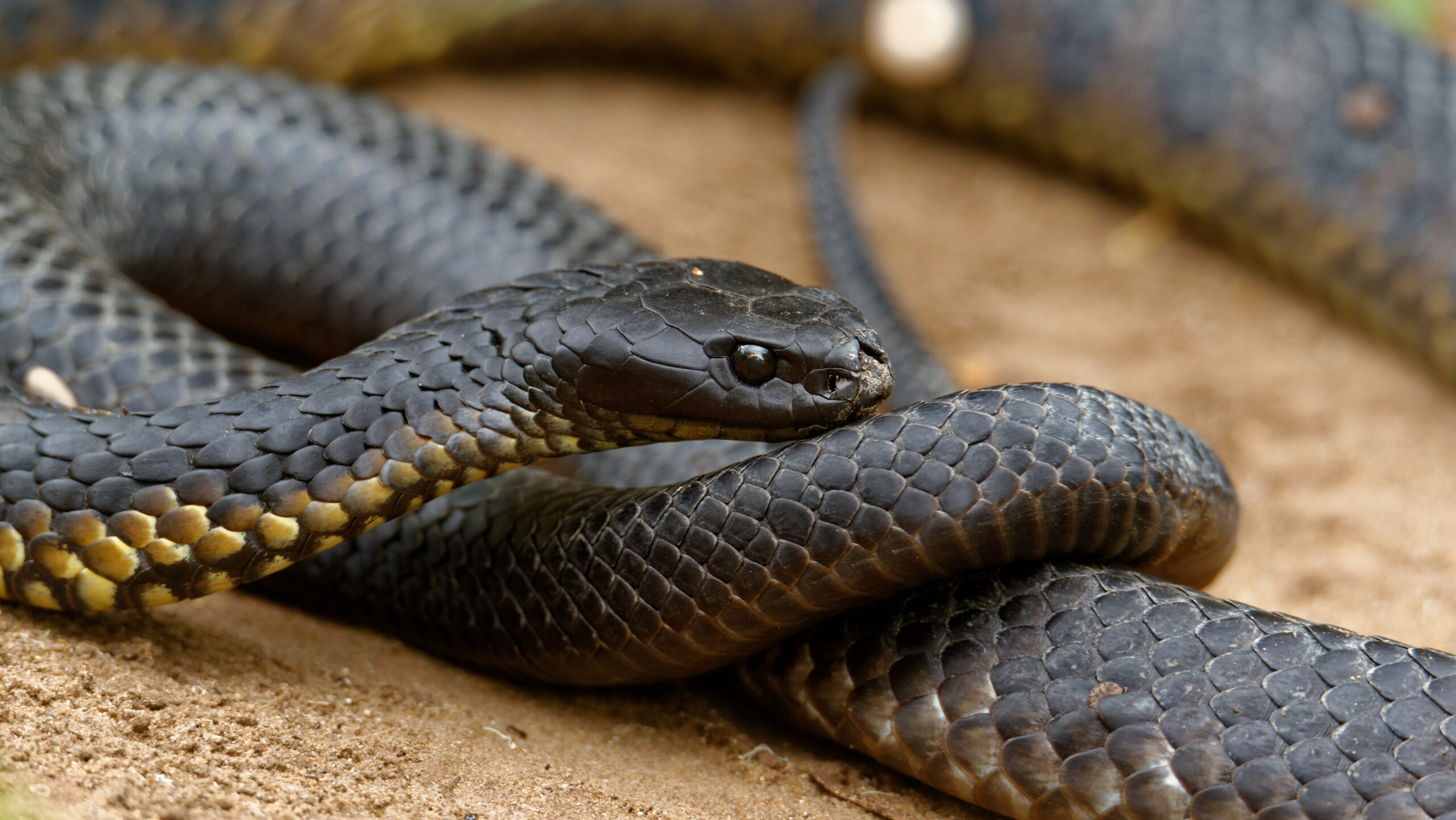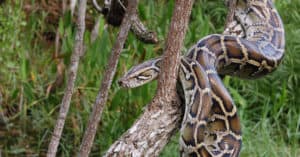Introduction
When it comes to poisonous serpents, Australia is home to some of one of the most fascinating and harmful varieties worldwide. Amongst these, the Tiger Snake stands out not just for its powerful venom yet likewise for its interesting actions. Recognizing the behavior of venomous serpents like the Tiger Snake is vital for both wild animals enthusiasts and those staying in areas where these snakes exist. This write-up looks into numerous aspects of Tiger Snake habits, environment, recognition, precaution, and first aid practices in situation of a snake bite.
Understanding the Behavior of Venomous Snakes Like the Tiger Snake
The Tiger Snake, scientifically called Notechis scutatus, is well-known for its hostile nature when intimidated. These snakes show a series of behaviors that can be quite different from their non-venomous equivalents.
Characteristics of Tiger Snakes
The Tiger Serpent is conveniently identifiable as a result of its distinctive bands or red stripes that resemble a tiger's markings. They can vary in color snake bite first aid images from yellowish-brown to dark olive or black. This pigmentation offers not just as camouflage yet also as a warning signal to potential predators.
Adaptability to Environment
One exceptional facet of their actions is their flexibility to different environments. Located mostly in seaside areas, marshes, and marshes across Australia and Tasmania, they can flourish in diverse habitats consisting of urban areas.
Hunting Techniques
Tiger Snakes are ambush predators primarily preying on fish, frogs, and little animals. They have eager eyesight and an intense sense of odor which helps them in locating target effectively.
Venom Composition
Their poison includes neurotoxins that impact the nerve system, resulting in paralysis or fatality in smaller pets. For humans, prompt medical attention is vital after a tiger snake bite due to its possibly deadly effects.
Natural Environment of Tiger Snakes
Preferred Locations
Understanding where these snakes live clarify their behavior patterns. The tiger serpent habitat consists of:
- Coastal regions Swamps Grasslands Urban areas with abundant water sources
Seasonal Movements
During warmer months, Tiger Poison Control Snakes are more energetic as they bask in sunlight or hunt for food. In contrast, chillier months see them retreating into hibernation sites.
Are Tiger Snakes Venomous?
Yes! The question "are tiger serpents venomous?" typically emerges among those unfamiliar with this types. Their poison is considered one of the deadliest among all serpent types worldwide.
Symptoms of a Tiger Serpent Bite
If bitten by a tiger serpent, symptoms might consist of:

- Localized pain Swelling at the bite site Nausea and vomiting Sweating and confusion
Immediate medical aid is essential as untreated bites can cause extreme health issues and even death.
First Help for Snake Bites: Quick Action Guide
Knowing exactly how to provide emergency treatment for a snake bite can conserve somebody's life. Here's what you should do:
Step 1: Stay Calm
Keeping calm assists decrease heart price which minimizes venom spread.
Step 2: Incapacitate the Influenced Area
Keep the impacted arm or leg still and below heart level if possible.
Step 3: Call Emergency Services
Always look for professional medical help instantly after a serpent bite.
First Aid for Serpent Bite Kit Essentials
A fully equipped snake bite first aid kit ought to consist of:
- A compression bandage Antiseptic wipes A set of scissors An ice bag
Safety Preventative measures: Preventing Snake Bites in Australia
Awareness Programs
Educating communities about regional snake species and their habits can significantly decrease encounters bring about bites.
Avoiding Harmful Areas
Staying Continue reading far from long lawn during warmer months decreases call with serpents that may be relaxing or hunting.
Common Misconceptions Concerning Tiger Snakes
Many individuals believe misconceptions regarding the actions of tiger snakes bring about unneeded worry. Below are some information:
Myth 1: All Tigers Are Aggressive
Not all tiger snakes will display hostility if left undisturbed; lots of choose running away rather than confrontation.

Myth 2: They Chase Humans
Tiger serpents do not proactively go after people; they may strike when they really feel endangered yet will usually pull away if offered space.
Conservation Efforts Connected to Venomous Snakes
Conservation efforts concentrate on educating areas regarding protecting regional wild animals while minimizing human-snake interactions.
Importance of Ecosystems
Understanding that venomous snakes play an essential duty in maintaining eco-friendly equilibrium helps foster gratitude rather than anxiety towards them.
FAQs About Tiger Snakes
What should I do if I come across a tiger snake?- Maintain range and gradually back away without abrupt movements.
- While attacks aren't very common because of awareness initiatives, they still happen every year within Australia.
- Baby tiger serpents can deliver complete doses of venom despite being smaller; for this reason caution is advised around them.
- They largely eat frogs, fish, tiny mammals like rats, and other reptiles.
- It's prohibited in a lot of jurisdictions without appropriate licensing because of safety issues concerning their venom.
- Wear strong boots and stay on significant routes; appearance prior to placing hands or feet right into hidden spaces like rocks or logs.
Conclusion
Understanding the habits of poisonous serpents like the Tiger Serpent not only boosts our understanding however likewise promotes security understanding among those living near their habitats. From acknowledging their attributes, recognizing emergency treatment procedures following a bite, with involving preservation efforts-- every element plays a necessary role in fostering conjunction with these fascinating reptiles while respecting their area within our ecosystem.

As we deepen our understanding via education and experience, we contribute favorably towards ensuring both human security and wildlife preservation-- profiting all celebrations involved!